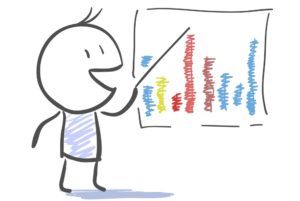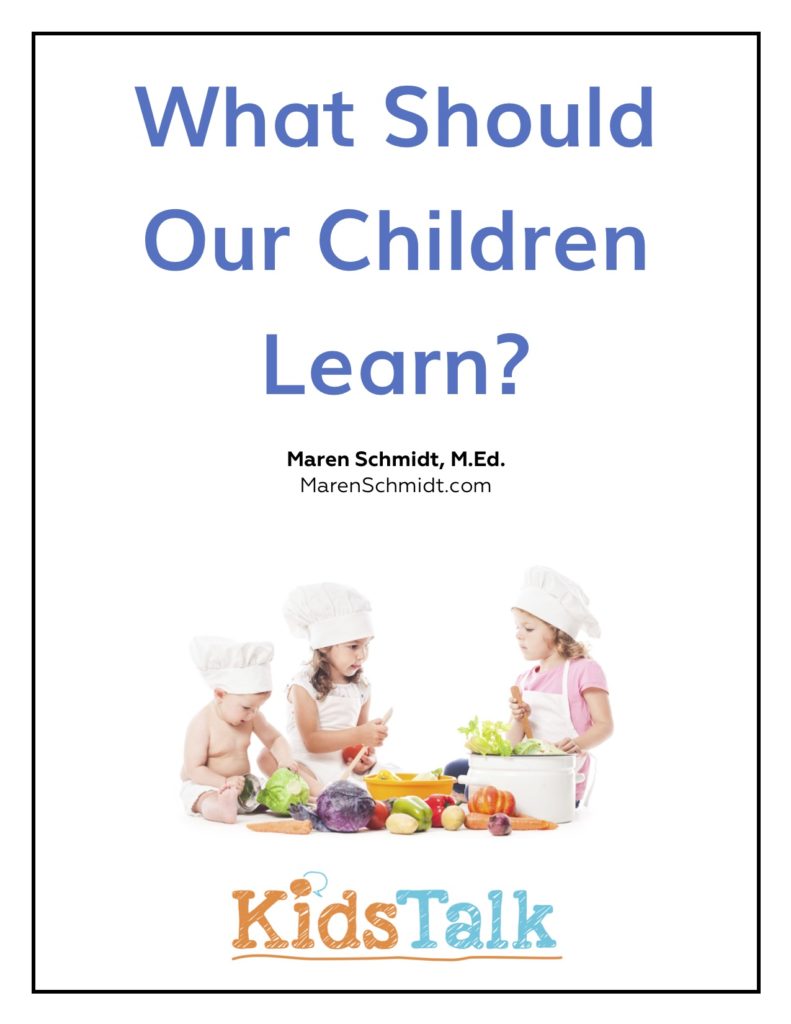
Goal setting seems to be an adult-oriented skill set.
How do we help our children learn to set goals?
Having given adult workshops on goal setting, I realize that many adults lack basic understanding on how to formulate goals along with the strategic and tactical steps to achieve a goal. In my elementary classroom my students set goals and objectives with me for developing each of their eight intelligences as described by Howard Gardner: linguistic, logical-mathematical, musical, bodily-kinesthetic, spatial, interpersonal, intrapersonal, and naturalist.
For our purposes, let’s think of a goal as a place where we want to go.
Let’s say our goal is to visit the Grand Canyon. After a few minute of contemplation trying to set objectives, or the steps necessary to achieve our goal, we should discover that this is actually an unfocused goal and that we need to be more specific.
To start setting objectives we ask questions.
- Why do we want to go? Perhaps there is someplace else that upon greater thought is more desirable.
- When do we want to go? Our timeframe determines most of the objectives.
- Where exactly in the Grand Canyon do we want to go and how do we get there? By foot, horse, boat, plane, helicopter, etc.?
- Who do we want to go with us?
- What does our trip look like, feel like?
- How much is it going to cost?
After we have asked all our who, what, when, where, why and how questions many of our tasks become evident along with the order in which they should be executed.
Perhaps who goes with us is more important than when we go, and we work to coordinate scheduling with those people we want to take the trip with us. Perhaps costs need to be minimal and we plan everything based on a fixed cost basis. Perhaps certain activities are important in setting our goal and we are willing to wait and save our money to be able to do those things.
Clarifying our goals through questioning not only focuses the goal but help us determine the steps for success and when they should be accomplished.
Once the goals and objectives are determined they should be written up and put in a visible place where they will be seen on a daily basis. Our goals and objectives are guidelines for action and can be changed at any time.
Life has a funny way of changing and perhaps our goal to go to the Grand Canyon becomes less of a priority than something else.
Changing a goal is not a failure, but failing to plan is a big mistake.
Learning to set goals and objectives at a young age can help our children to learn about managing money well, to set health goals, to learn to achieve their dreams, to manage themselves and feel in control of their lives, to work well with other people, as well as to help them be organized.
Our goal setting should be about our whole being and encompass our physical, mental, emotional/spiritual and social well-being.
Take a few minutes once a month to determine your personal goals and objectives in each of these areas. Model planning and execution, and help your child set their personal goals in these four vital areas.
The goals may be as simple, such as learning to roller skate. Roller skating or rolling successfully into adulthood—the process of goal setting is the same.
Sign up below for your free guide, What Should Our Children Learn?


One Response to “Learning To Set Goals”